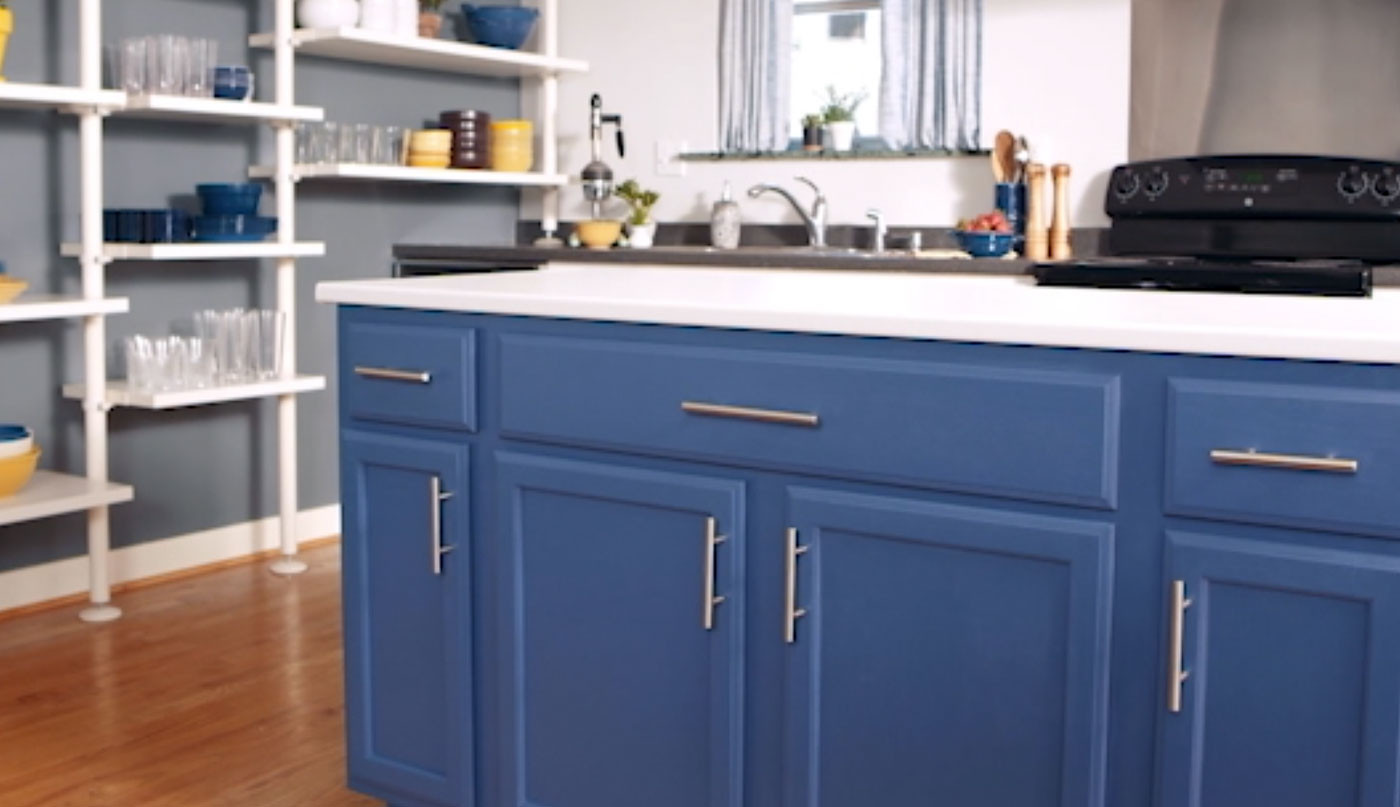Benjamin Moore Cabinet Stain Colors & Finishes

Choosing the right cabinet stain can dramatically transform your kitchen, impacting everything from the perceived size of the space to the overall mood. Benjamin Moore offers a wide array of colors and finishes, each with its own unique characteristics. Understanding these nuances is crucial for achieving your desired aesthetic. This guide will delve into the specifics of Benjamin Moore’s cabinet stain options, helping you make an informed decision.
Benjamin Moore Cabinet Stain Color Comparison
Selecting the perfect cabinet stain color depends on several factors, including your existing décor, the type of wood you’re working with, and the overall feeling you want to create. Here’s a comparison of five popular Benjamin Moore cabinet stain colors, highlighting their unique qualities:
| Color Name | Description of Undertones | Suitable Wood Types | Example Image Description |
|---|---|---|---|
| Classic Gray | Cool gray with subtle blue undertones. | Maple, birch, poplar | A light, airy gray that enhances the natural grain of lighter woods; creates a modern, sophisticated look. The image shows a kitchen with light gray cabinets, highlighting the subtle grain of the maple wood and the clean lines of the cabinetry. |
| Kendall Charcoal | Deep, dramatic gray with hints of black. | Oak, cherry, walnut | A rich, dark gray that adds depth and drama to darker woods; creates a moody, elegant atmosphere. The image showcases the deep, inky color against the rich grain of walnut, highlighting the contrast and sophistication. |
| Chesapeake | Warm, medium brown with reddish-brown undertones. | Cherry, mahogany, oak | A rich, warm brown with red undertones, ideal for cherry or mahogany; shows deep grain detail. The image shows cabinets that appear slightly reddish in a warm, inviting light. |
| Van Deusen Blue | Muted blue-gray with green undertones. | Maple, pine, birch | A sophisticated, calming blue-gray; complements both traditional and modern kitchens. The image shows a kitchen with a calming and airy atmosphere, the blue-gray cabinets blending seamlessly with the lighter walls and countertops. |
| Brownstone | Warm, medium brown with subtle orange undertones. | Oak, alder, maple | A versatile brown that works well in a variety of settings; enhances the natural grain of the wood without overpowering it. The image shows cabinets with a rich, inviting warmth; the color enhances the natural wood grain without being too dominant. |
Impact of Benjamin Moore Cabinet Stains on Kitchen Size and Brightness
The color of your cabinets significantly influences the perceived size and brightness of your kitchen. Consider these examples:
Different Benjamin Moore cabinet stains can dramatically alter the feel of a kitchen. Lighter colors, like Classic Gray or Van Deusen Blue, can make a small kitchen feel more spacious and airy, while darker shades, such as Kendall Charcoal, can create a more intimate and dramatic atmosphere. A medium tone like Chesapeake offers a balance, creating warmth without feeling cramped.
- Lighter stains (e.g., Classic Gray): Reflect more light, making the kitchen appear larger and brighter. Think of a small kitchen transformed with light, airy cabinets – the space instantly feels more open and inviting.
- Darker stains (e.g., Kendall Charcoal): Absorb more light, creating a more intimate and dramatic setting. A large kitchen with dark cabinets can feel cozier and more sophisticated.
- Medium-toned stains (e.g., Chesapeake): Offer a balance between light and dark, providing warmth without sacrificing space. This is a versatile option suitable for kitchens of various sizes.
Oil-Based vs. Water-Based Benjamin Moore Cabinet Stains
Benjamin Moore offers both oil-based and water-based cabinet stains, each with its own advantages and disadvantages.
The choice between oil-based and water-based stains often comes down to personal preference and the specific needs of your project. Oil-based stains offer a richer, more penetrating color, while water-based stains are easier to clean up and have a faster drying time. Durability is comparable when properly applied.
- Oil-Based: Penetrates deeper into the wood, resulting in richer color and better grain enhancement. Longer drying time, requires mineral spirits for cleanup, and may have a stronger odor. Offers superior durability and resistance to water damage.
- Water-Based: Easier cleanup with soap and water, faster drying time, and lower odor. May not penetrate as deeply as oil-based stains, resulting in less rich color and potentially less grain enhancement. Offers good durability, especially with proper topcoats.
